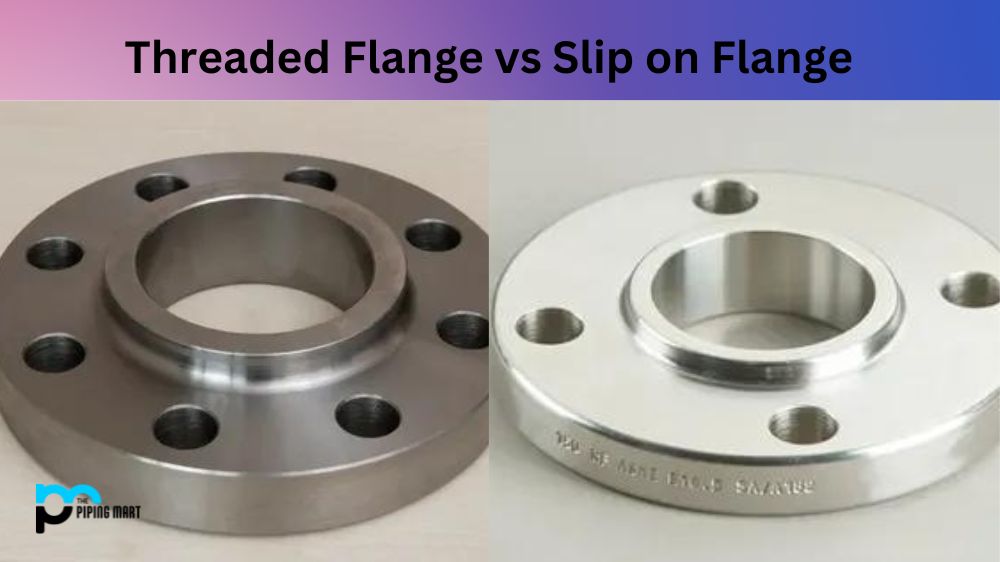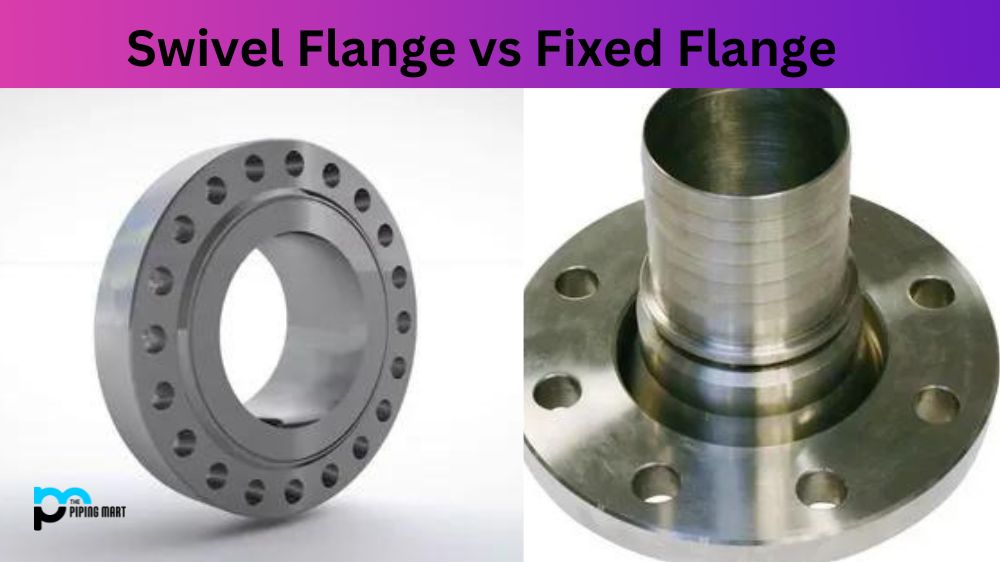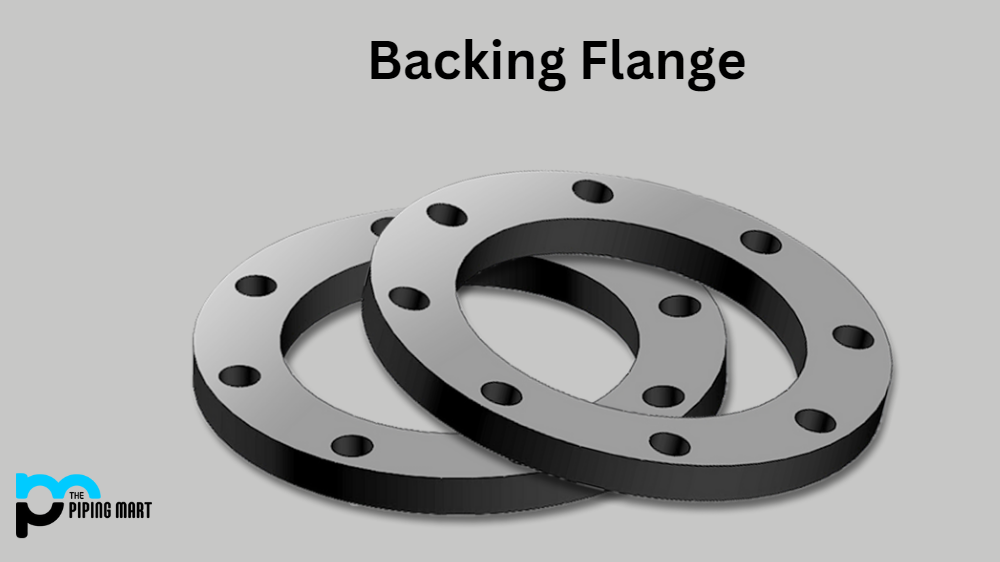Regarding piping systems, the threaded flange and slip-on flange are two commonly used types of flange. They are both different in construction, application, and assembly; knowing their differences is necessary to select the right flange type for a specific application. In this blog post, we’ll discuss the differences between threaded and slip-on flanges to help you make an informed choice.
Threaded Flange
Threaded flange is a pipe fitting or flange with threads machined into the bore at both sides. This allows the threaded flange to be connected to pipes with male threads for a secure and leak-resistant connection. Threaded flanges can also be used with gaskets, bolting, and welding for additional security of the piping system. The most common manufacturing materials are carbon steel, stainless steel, alloy steel, and nickel alloys.
Slip on Flange
A slip on Flange is a type of pipe flange that slides over the end of a pipe and is then secured with welding. It is used for connecting two pipeline ends, primarily to facilitate easy installation without the need for complete disassembly before installation. Slip Flanges are generally available in sizes from 1/2″ – 12″ (DN15-DN300). They have a lower pressure rating than weld neck flanges but provide an economical solution where small bore or lighter duty applications are applicable.
Differences Between Threaded Flange and Slip on Flange
Construction
Threaded flanges have internal threads that can be screwed onto pipes while slip-on flanges have a flat face without threads. For threaded flanges, the internal threads are typically NPT (National Pipe Thread), BSPP (British Parallel Pipe), or BSPT (British Tapered Pipe) while slip-on flanges do not require threads as they slide over the end of the pipe.
Application
Threaded flanges are commonly used in low-pressure applications whereas slip-on flanges are recommended for high-pressure applications. This is because threaded flanges are less strong than slip-on flanges and may weaken especially when subjected to high pressures. Slip-on flanges attach more easily and are more stable which is beneficial for high-pressure applications.
Assembly
When it comes to assembly, threaded flanges are easier to install. They attach more easily to pipes compared to slip-on flanges which require welding. Threaded flanges are only screwed onto pipes, making them ideal in applications where easy installation and removal are required. On the other hand, slip-on flanges require more work to install and removing them may require dismantling the entire piping system.
Cost
Regarding cost, threaded flanges are more expensive to manufacture than slip-on flanges. This is because threaded flanges require internal threading, adding an extra manufacturing process. On the other hand, slip-on flanges are relatively easy to manufacture since they do not require threading. However, the installation cost of slip-on flanges can be higher than threaded flanges, especially when welding is required.
Leakage
Threaded flanges are prone to leakage if not tightened enough which can result in flange failure. This is because their seal depends on the thread engagement and if the threads need to be properly engaged, the flange may not seal properly. Slip-on flanges, on the other hand, provide a stronger seal since they are welded onto the pipe, reducing the likelihood of leakage.
Conclusion:
In conclusion, threaded flanges and slip-on flanges serve different purposes. Threaded flanges are an excellent choice for low-pressure applications while slip-on flanges are better suited for high-pressure applications. Threaded flanges are more expensive to manufacture but are easier to install. Slip-on flanges, on the other hand, are harder and more expensive to assemble but provide a stronger seal. Understanding the differences between threaded and slip-on flanges is crucial in selecting the right flange type for a specific application.

A passionate metal industry expert and blogger. With over 5 years of experience in the field, Palak brings a wealth of knowledge and insight to her writing. Whether discussing the latest trends in the metal industry or sharing tips, she is dedicated to helping others succeed in the metal industry.




